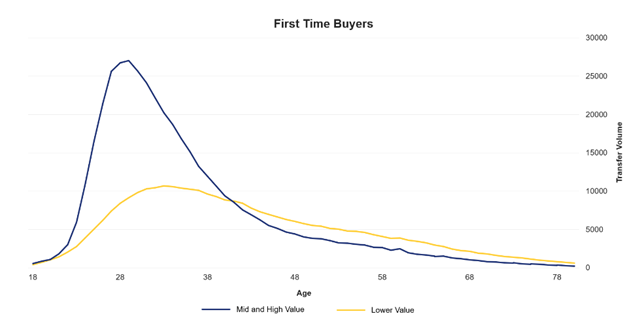
By: Joe Spring, Senior Solutions Executive for Lightstone
Over the last few months, global trends suggest that one of the key takeouts from this global crisis is how businesses have been forced to place a significant amount of focus and effort on adapting technology to systems and processes that influence a business’ bottom line.
One such focus area is pinpointing behaviours to a specific geospatial area and using Location Intelligence (LI) to assist in improving business decisions and processes.
In the property space, Lightstone, leaders in property data and analytics, puts LI to work by identifying ways in which LI tech can drastically improve business decision-making through understanding the property landscape and simplifying the way insights are delivered and interpreted.

An example is with the first time home buyer market : this segment of the market has been under the spotlight recently, in light of the banks’ interest rate reduction to the lowest it’s been in 50 years, and 100% loan amounts being approved by the banks. When looking at geographic assessments of the age of these buyers and the value of the properties, trends and opportunities for real estate professionals emerge. Putting Location Intelligence to work can inform and align a business’ strategy, tactics and operations.

“Up until this point, major emphasis has been placed on buyer behaviours as, ‘location, location, location’ but this needs to shift to a new reality of ‘location, location… strategy’”, says Spring. “We have seen a major convergence of digital and property technologies being used in the way property is being viewed by property professionals. Geospatial tech can enable firms to differentiate for a competitive edge by using LI to their advantage.”
Lightstone has invested a significant amount of resources to develop various ways of simplifying the complex. By using appropriate tools and prepared data, businesses can make informed operational decisions based on overlaying internal and third-party intelligence – pieces of data that perhaps would not naturally ‘speak’ to each other even though they share a location context. Effective tools make it easy to see and understand the patterns, trends and relationships that emerge.
Imagine what this can do for a business operating in a specific region, municipality, or suburb? “You’d be able to understand which areas the different banks appear to favour and how that could influence the relationships or marketing opportunities you choose to pursue within that specific area. You could use the data to benchmark yourself against what the LI trends are, and monitor and grow market share in areas that boost your bottom line by offering the highest potential for your business to grow based on your style and approach.
In addition to this intelligence, LI can influence the areas in which you deploy your sales and marketing efforts by unpacking performance measures that are affected by things like retail hotspots or high crime rates and integrate this data into daily business operations to ensure that productivity is directly related to LI data insights.
The opportunity is to multiply business value, direction and cohesion for greater output and optimal business growth – a key strategy for businesses that want to remain competitive in the new world of work.

MAKE YOUR IMPACT.
PROTECT THEIR
INCOME FIRST.
FSP 47801



